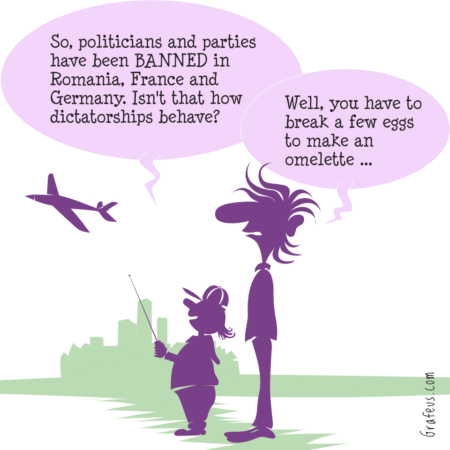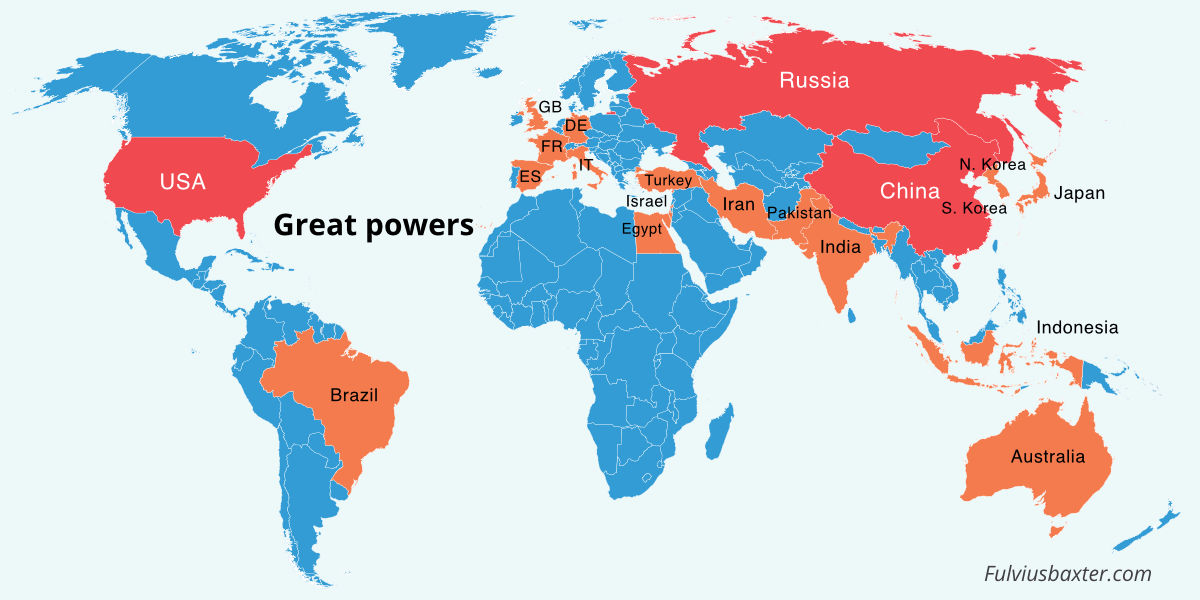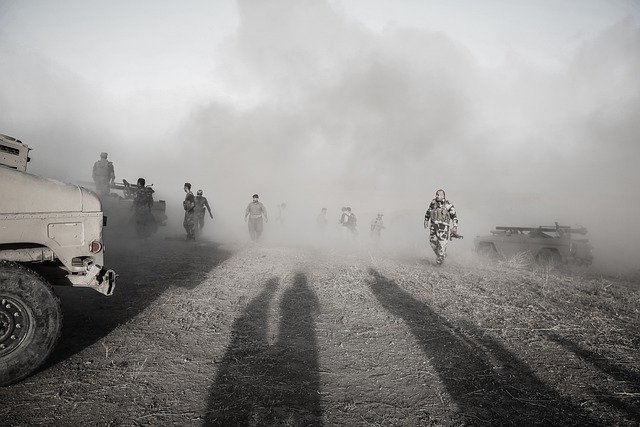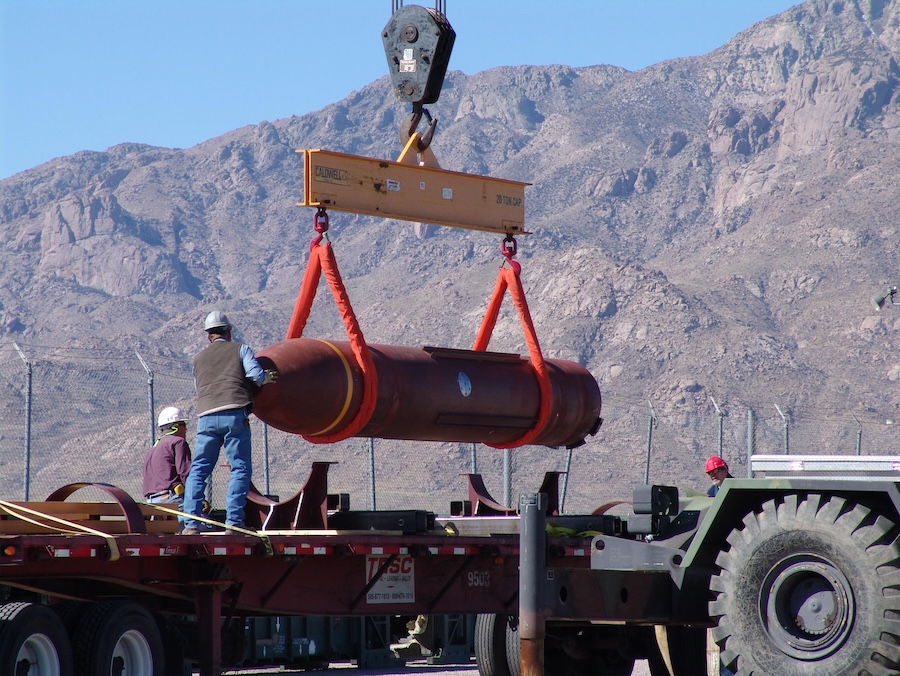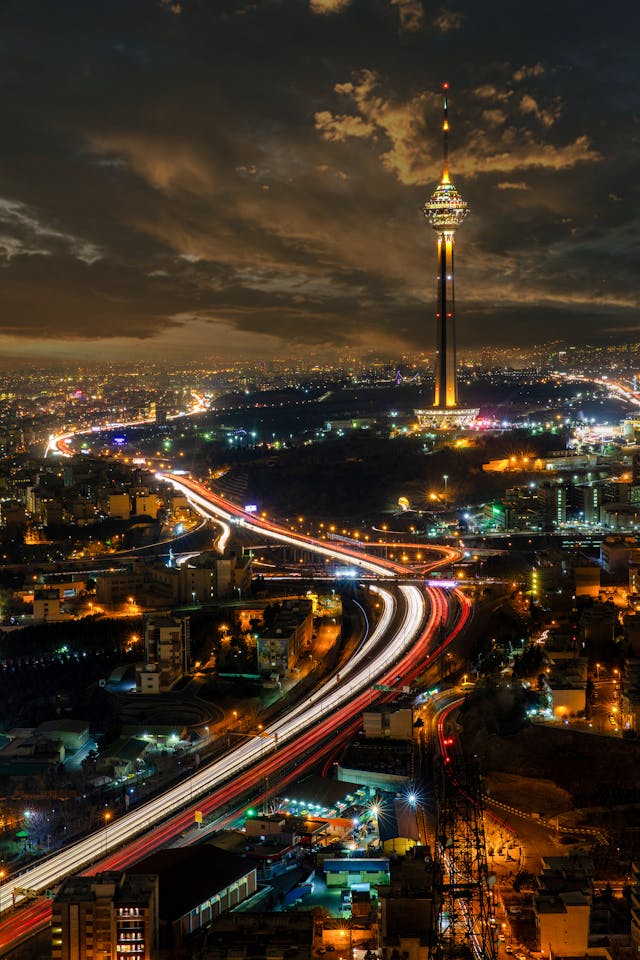 More and more Swedes are waking up to a country they don’t recognise. You can accuse them of much, of having slept away several decades, or of having backed substandard political parties for too long. But nevertheless, many are waking up now, in the wake of culture clashes, increased crime and violence.
More and more Swedes are waking up to a country they don’t recognise. You can accuse them of much, of having slept away several decades, or of having backed substandard political parties for too long. But nevertheless, many are waking up now, in the wake of culture clashes, increased crime and violence.
Many mistakes were made, so let’s take a brief overview of the migration disaster.
Control
Firstly, we let in criminals and perhaps even terrorists. And this happened because migrants’ identities were not properly clarified. Many did not have passports or identity documents with them to Sweden. “During war and displacement, passports can be lost, you can’t always demand passports from refugees,” explained our media.
At the same time, the authorities went against practice. An individual’s identity should be clarified at a border crossing, otherwise it cannot even be determined whether or not she has refugee status, as only certain selected regions provide refugee status. Therefore, the refugee must somehow prove her identity. Preferably before she is admitted to the country, and not on the basis of subsequent investigations, which can often be fruitless.
So, we have a social climate where Swedes’ passports are checked several times, even when travelling within Europe, while potential refugees obviously avoid this process, as they pass through 8-9 countries to get to Sweden from the Middle East.
The question is, why not have proper identity checks for migrants and depart from international practice? And who decided to undermine identity checks?
Volume
Secondly, far too many migrants were let in. The Swedish infrastructure with healthcare, schools, housing, etc. is still optimised for around 8-9 million inhabitants, even though the population now exceeds 10 million. And as for the labour market, there are no decent jobs for so many new residents. As a result, many are stuck on benefits and in exclusion, which of course fuels crime and gang mentality. And many live on taxpayers’ money for long periods, some for their entire lives in Sweden.
Sweden has a long tradition of social and urban planning. It is an extremely well-organised, structured and regulated country. And yet, how could the calculations be so wrong? Who miscalculated?
And why should taxpayers pay for this? The idea is that the taxpayers’ money should go back to themselves, in the form of various public services and social insurance. If this doesn’t happen, confidence in the tax system and the willingness to contribute decreases.
Socialising
Thirdly, mistakes were made regarding integration. Many migrants come from Muslim countries, and they bring their culture with them to Sweden. We do not need to measure different cultures against each other, which are worse or better, but we can recognise that they are different. Muslim values, especially the view of women, the family and the legal system, are very different from Swedish values. Even if we only received a handful of migrants with a different view of society, they would have affected their neighbourhood. Someone has to live next door to them, socialise with them, employ them, work with them, etc etc.
These potential contradictions exist from the outset, but increase with the rate of migration. The encounter with native Swedes was assumed to have a dampening effect, and after a certain period of time the migrants would slowly become Swedishised. This phenomenon is known as integration or assimilation.
The question is whether our leaders really thought that the newcomers would adapt to Swedish culture? Especially when the majority population moved away from the suburbs, and the contact surfaces between natives and immigrants thinned out. The conditions for natural integration were destroyed. Was there a plan for such a scenario?
Why was it believed that integration would succeed? And who thought so?
In conclusion, we see three major errors and violations of general practice and law. It is almost infantile to list these obvious but important things. It’s about identity checks, volumes, and a lack of understanding of integration and socialising. The question is where in the hierarchy these mistakes were made? Was it deliberate, or the result of ignorance and stupidity?
And is there any interest in investigating the migration disaster?

